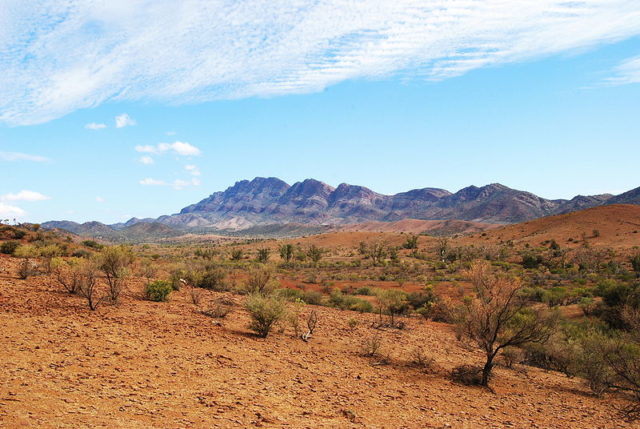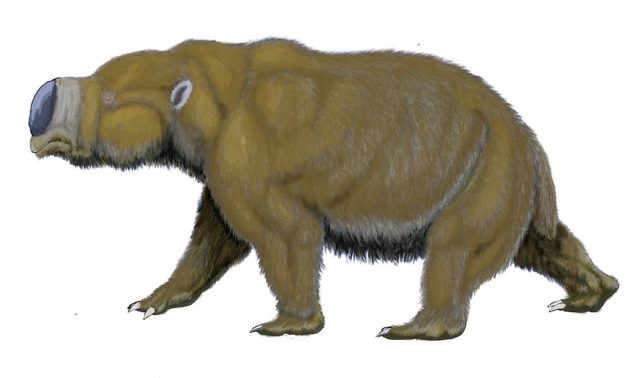Humans arrived in Australia around 10,000 years earlier than we had thought. Archaeologists are suggesting this with the finding of ancient artifacts located in a southern Australian cave that has been dated to as far back as 49,000 years ago.
This means once humans first set foot on the coastline of Australia, it took around 1,000 years for them to expand out into its dry interior. This is further evidence of what now stands as the oldest society on Earth.
The site is a newly-discovered cave inside the Flinders Ranges, which is around 550 kilometers north of Adelaide; the site is also known as the Warratyi rock-shelter. The archaeologist Giles Hamm from La Trobe University in Melbourne guided the dig at the cave. His team found what seemed to be some of the oldest quartz tools and bones ever discovered in Australia. Additionally, this is one of the earliest known uses of the pigment ocher in the country’s history.

The artifacts that have been discovered so far are gypsum pigments, red ocher, bone tools, sharpened stones, and burnt eggshells. The squad stated that this is proof that these early technologies were being developed locally. Hamm told Nicol Davis during and interview with The Guardian that the old idea is that people may have come from the East – from the Levant outside of Africa. These modernized humans might have come with a package of their own innovative technologies.
He thinks the development of these fine stone tools with the bone technology was a local innovation due to a local evolution in the culture. Another member of the team Gavin Prideaux from Flinders University said it challenged certain assumptions that the native Australians weren’t as innovative as populations from other places on the globe. He also told ABC news that the Eurocentric view of material culture in Australia is simple and backward, but that this is helping us to rewrite the story.

Up until now, the oldest tool discovered in Australia’s large, dry land has been a tiny axe piece found earlier this year inside the Carpenter’s Gaprock shelter around northwest Australia. This place is thought to be one of the earliest settled places in Australia. The rock shelter is more than 2,000 kilometers from the early settlement of Lake Mungo, making it much more difficult trek.
The tools were dated based on a couple of estimates. The quartz grains from the site were dated back to 44,000 years ago, but radiocarbon from the burnt eggshells was between 45,000 and 49,000 years old. These burnt eggshells are thought to show evidence of cooking.
The shells are believed to have come from emus. This is a large, extinct flightless bird from the Genyornis genus. Along with the finding of huge bones of the extinct wombat species, Diprotodon optatum, it suggests that early humans were interacting with Australia’s legendary megafauna, Science Alert reported.
This does not mean they were actually hunting them, but they were living close enough to them to find eggs and bones inside their cave. A good thing about this study is there’s no doubt that there are megafauna remains in the shape of Diprotodon. The large bird inside that rock shelter is dated to be between 45,000 and 50,000 years old. The only way those bones and shells could have gotten there is people bringing them. In the terms of the megafauna, that’s a really important discovery. The find is controversial because of the small axe piece that has been dated to about the same period of time, 44,000 to 49,000 years ago. One problem is these estimates are fairly rough and are still subject to interpretation.

For instance, Hamm’s group insists that the axe is not more than 48,000 years old. Sue O’Connor from the Australian National University, who stated that everyone is keen to make their site sound like the oldest one, added that this wasn’t involved in either discovery.
The Hamm finding was most likely older; the methodology of this study is good as it gets, and she believes that it’s an important site and a really significant find.
